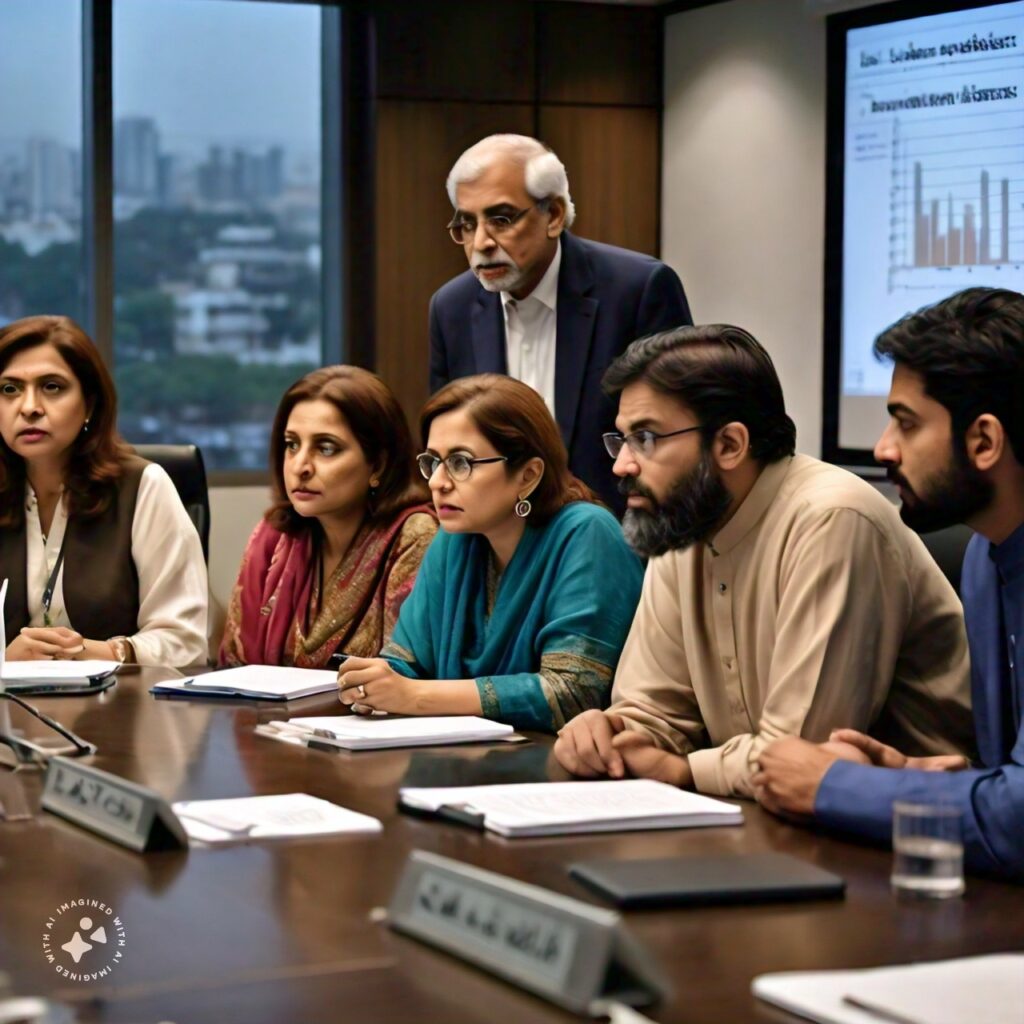Introduction to Economic Disparities in Pakistan
Economic Disparities in Pakistan: a country with a population of over 230 million people, faces significant economic disparities that hinder its growth and development. The country has been grappling with issues of poverty, income inequality, and regional disparities, which have resulted in a wide gap between the rich and the poor. This gap is not only a social and economic issue but also a political and moral one, as it undermines the principles of equality and justice.
Causes of Economic Disparities
1. Income Inequality
Pakistan has one of the highest income inequality ratios in the world. The wealthy elite holds a significant portion of the country’s wealth, while the majority of the population struggles to make ends meet. According to the World Bank, the top 10% of the population holds over 25% of the country’s income, while the bottom 10% holds less than 5%.
2. Regional Disparities
The country’s four provinces – Punjab, Sindh, Khyber Pakhtunkhwa, and Baluchistan – have significant economic and social disparities. Punjab, the most populous province, receives the largest share of resources. The other provinces lag behind in terms of development. This has resulted in a significant difference in the standard of living, education, and healthcare between the provinces.
3. Lack of Education and Skills
A significant portion of Pakistan’s population lacks access to quality education and skills, making it difficult for them to compete in the job market. According to the Pakistan Education Atlas, over 20 million children are out of school, and the country has a literacy rate of only 60%.

4. Political Instability and Corruption
Political instability and corruption have hindered Pakistan’s economic growth and development, discouraging foreign investment and preventing the country from reaching its full potential. Corruption is a significant issue, with Pakistan ranking 140th out of 180 countries in Transparency International’s Corruption Perceptions Index.

Solutions to Bridge the Gap

1. Progressive Taxation
Implementing a progressive taxation system where the wealthy are taxed at a higher rate than the poor can help reduce income inequality. This can be achieved by increasing taxes on luxury items and high-income earners, while reducing taxes on low-income earners.
2. Investment in Education and Skills Development
Investing in education and skills development programs can help increase the productivity and employability of the workforce, reducing poverty and income inequality. We can achieve, by increasing funding for education, providing vocational training, and promoting entrepreneurship.
3. Regional Development Initiatives
The government can initiate regional development projects to address the disparities between provinces and promote economic growth in underdeveloped areas. Investing in infrastructure, promoting industries, and providing incentives for businesses to invest in underdeveloped regions.
4. Good Governance and Anti-Corruption Measures
Ensuring good governance and implementing anti-corruption measures can help attract foreign investment, promote economic growth, and reduce poverty. This can be achieved by strengthening institutions, increasing transparency, and holding corrupt officials accountable.
5. Social Safety Nets
Implementing social safety nets, such as cash transfer programs and subsidies for essential items, can help protect the most vulnerable segments of society from poverty and economic shocks.
6. Encouraging Foreign Investment
Encouraging foreign investment can help promote economic growth and create jobs. This can be achieved by providing incentives, such as tax breaks and investment promotion schemes, and improving the business environment.

7. Promoting Entrepreneurship
Promoting entrepreneurship can help create jobs and stimulate economic growth. This can be achieved by providing training and mentorship programs, access to finance, and promoting innovation and innovation hubs.

Conclusion
Bridging the economic disparities in Pakistan requires a multifaceted approach that addresses income inequality, regional disparities, lack of education and skills, and political instability and corruption. By implementing progressive taxation, investing in education and skills development, initiating regional development projects, ensuring good governance and anti-corruption measures, implementing social safety nets, encouraging foreign investment, and promoting entrepreneurship, Pakistan can reduce poverty, promote economic growth, and create a more equitable society for all its citizens. It is a moral and political imperative to address these issues and ensure that all Pakistanis have access to equal opportunities and resources to succeed.


